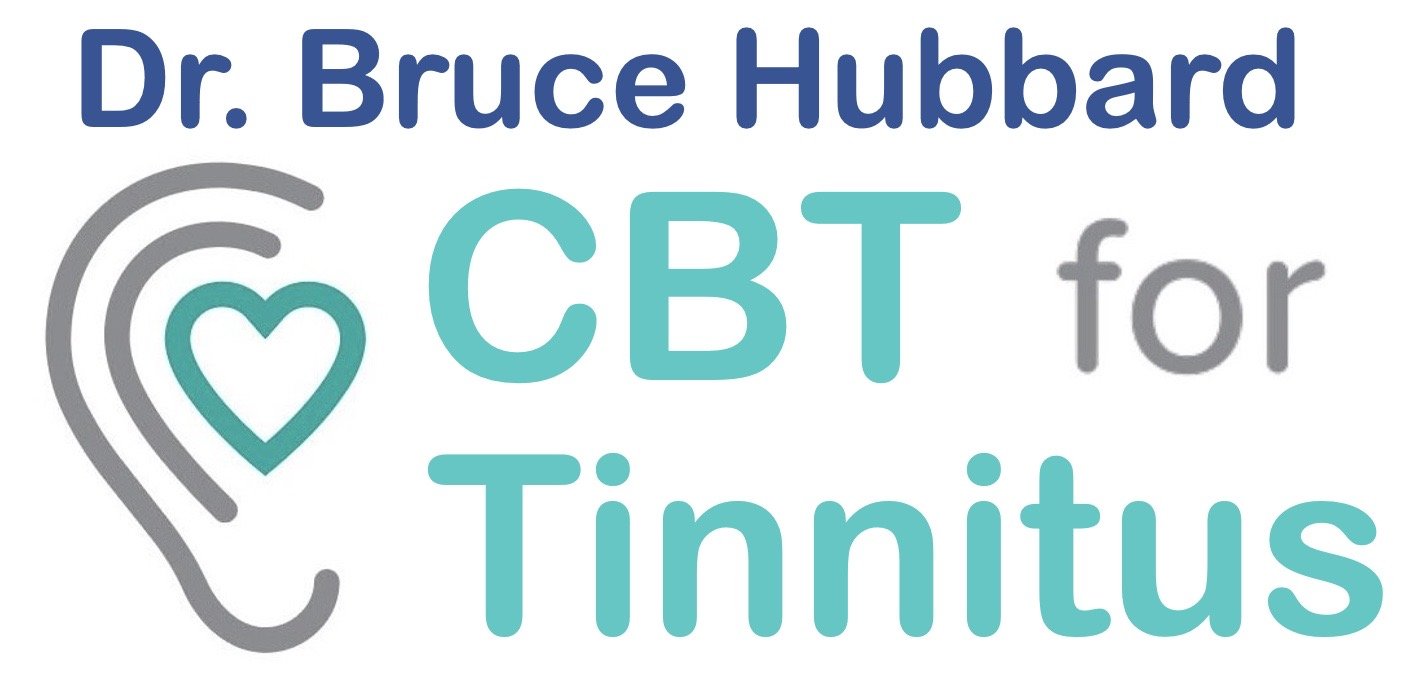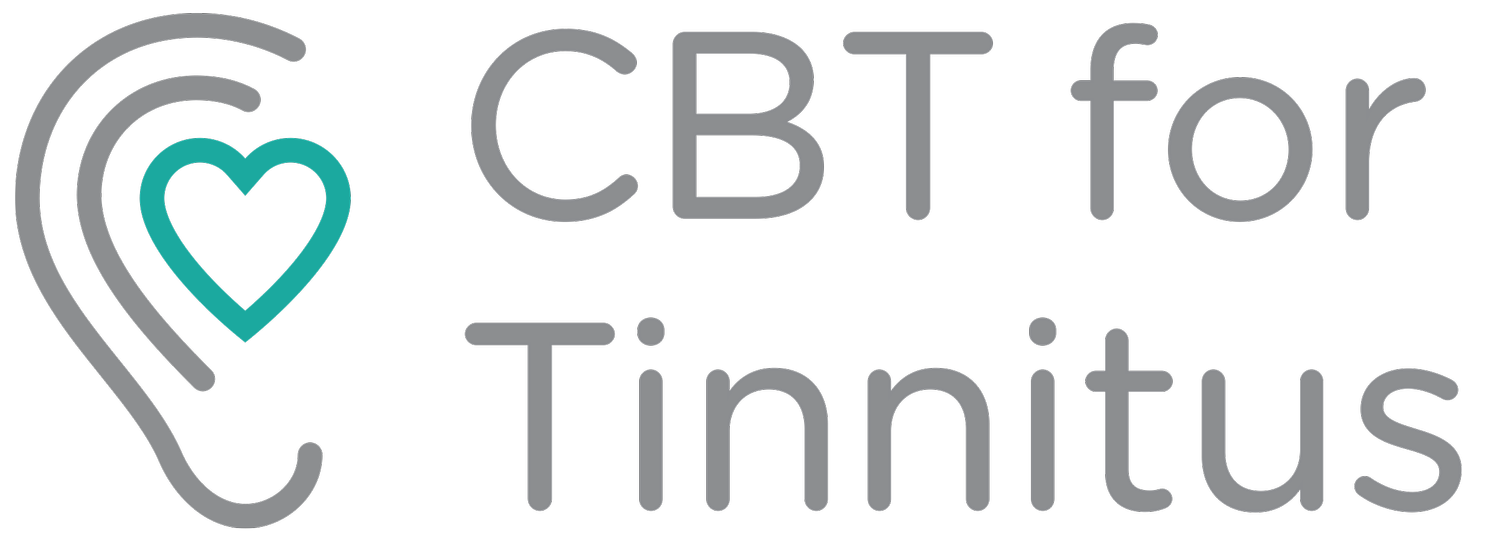Flying With Tinnitus
Many people with tinnitus distress irrationally fear they will never be able to fly again. They’ve fallen victim to online misinformation: that flying causes permanent damage and a permanent worsening of tinnitus. In fact, flying with tinnitus is no problem at all as long as you take some simple precautions regarding cabin noise and air pressure that everyone should be following anyway. Personally, in the past 20 years since my tinnitus started, I’ve flown numerous times a year, all over the world, with no problem. And the many clients who came to me believing they would never fly again have been thrilled to find they can.
Cabin Volume (Noise Exposure)
These suggestions are based on a typical passenger jet cabin, which is about 85 decibels. According to the NIOSH American standards, we can safely remain in this environment without hearing protection for up to 8 hours, which covers the duration of most flights. However, the World Health Organization (WHO) is significantly more cautious, recommending no more than one hour of unprotected exposure to an 85 decibel environment. You can decide for yourself which standard to follow.
I find it good practice to limit unprotected exposure to airplane cabin noise to about an hour total (this can be broken up over the flight), and use earplugs (at least 10 decibel attenuation) or over-ear, noise canceling (NC) headphones for the remaining flight. Over-ear, NC headphones are great hearing protection in themselves, and you can listen to media without turning up the volume to compete with the 85 db cabin noise.
“Airplane Ear” (Air Pressure Fluctuations)
Take off and landing are when most precautions apply. Changes in air pressure can cause a common condition otolaryngologists (Ear-Nose-Throat; ENT doctors) call airplane ear. This occurs when the relative air pressure inside and around the middle ear changes and affects the eardrums and eustachian tubes. The condition can occur in one or both ears. The result is a feeling of fullness, as if the ear needs to “pop.” There is a feeling of pressure in the ear, sometimes mild pain, and always muffled hearing.
Airplane Ear has no direct effect on tinnitus, however, the muffled hearing means less natural masking from external sound, and thus greater exposure to tinnitus which may seem subjectively louder and higher pitched. The effect passes within a few hours once the air pressure is again equalized and the airplane ear resolves. This can be concerning at first, but over time, the more you fly, your awareness of and concerns about tinnitus under these conditions gradually pass.
Airplane ear is generally mild. It affects me routinely on take off and especially on landing. Under rare conditions, the changes in air pressure can cause “barotrauma”, resulting in permanent hearing loss and tinnitus. As I say, this is very rare. I’ve seen barotrauma-induced tinnitus twice in my career, which spans 15 years and covers well over 1500 tinnitus clients. Airplane ear and barotrauma can be addressed by following the precautions below.
How to Manage Airplane Ear
My goal here is to educate you about the condition and summarize the easily available information (ex: Mayo Clinic; Harvard Newsletter; Personal communication from various New York City ENT doctors). This is not meant to be medical advice. Please check with your ENT doctor for your hearing protection plan while flying.
Be sure to be awake on takeoff and landing so that you can take the steps below to reduce airplane ear
Sit up. Don’t lean back.
Chewing and yawning can help equalize the air pressure in your ears.
If the ears don’t respond (“open up”), then hold your nose closed and swallow hard. This may unblock them.
If the ears still don’t respond, try the Valsalva Maneuver: hold your nose closed with fingers while closing your mouth. Then blow gently through the nose, but do not let the air out. You should feel the affected ear(s) “pop,” Do this whenever there is a feeling of pressure.
Don’t force your ears to “open”. If you blow gently and your ear(s) do not pop by the time the plane has landed, then be patient. The condition usually passes within a few hours, at worst by the next day. If you have mild pain, try an over-the-counter pain reliever like aspirin, Tylenol, ibuprofen, etc.
EarPlanes: You can also try specialized earplugs meant to equalize the air pressure called “EarPlanes.” These don’t work for me, but many people swear by them. EarPlanes should be worn the first twenty minutes and the last forty minutes of the flight.
IMPORTANT: If you have nasal and/or sinus congestion prior to the flight.
ENT doctors warn us that the additional fluid in the eustachian tubes and middle ears can add to the pressure and increase the risk of airplane ear and barotrauma. If this occurs, check with your doctor for their advice. Some ENT doctors advise us to reschedule the flight. Most ENTs advise instead that we use an over-the-counter decongestant an hour before take off to clear sinuses and eustachian tubes. This includes tablets containing pseudoephedrine (ex: Sudafed, Dimetapp, Claritin-D, Zyrtec-D), and decongestant nasal sprays (Afrin or Neosynephrine). If the flight is longer than the recommended dosage period, be sure to repeat application of the decongestant one hour before landing.
When to seek medical help: If you have severe pain or symptoms associated with airplane ear that don't improve with self-care techniques, or dizziness that includes a feeling of spinning or falling (vertigo), then see your primary care doctor, ENT doctor, or urgent care.
Conclusion
Contrary to the common fears posted on the internet, the world is not a minefield of triggers waiting to blow up your tinnitus. There is no need to limit your life experience by avoiding flight transportation. The potential risks to our ears of cabin noise, airplane ear and barotrauma, are the same for everyone, whether or not they have tinnitus. And taking a few simple precautions can keep us safe and open up a world of travel!
© Copyright Bruce Hubbard / CBT for Tinnitus, LLC

